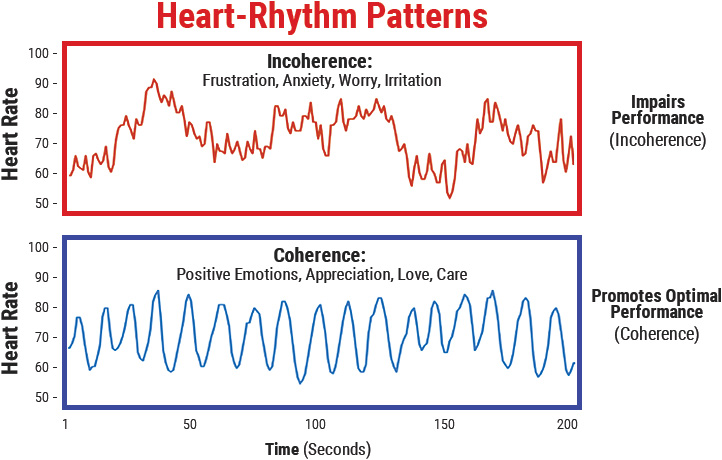Heart Rate Variability (HRV): What It Is & Why It Matters

At East Coast Chiropractic, we use Heart Rate Variability (HRV) as one tool in our assessment to evaluate someone’s health status. As with all of our testing, it is one piece of the puzzle to help us better understand your body and its ability to heal. Below is a summary to help you better understand HRV and how it relates to your health.
What is Heart Rate Variability?
-
HRV is the variation in the time intervals between consecutive heartbeats.
-
These beat-to-beat fluctuations reflect how your autonomic nervous system (ANS) is regulating your heart — it’s sort of like a measure of the balance between your sympathetic (“fight or flight/stress”) and parasympathetic (“rest / digest/ recovery”) branches of your nervous system.
-
Rather than a “metronome,” a healthy heart is somewhat irregular — variability is normal and desirable for your health.
What HRV Tells Us About Health
1. Self-regulation & resilience
-
HRV is considered a metric of your ability to self-regulate — how well your body and brain responds to stress and recovers.
-
Better HRV is associated with greater adaptability, emotional balance, and physiological flexibility.
2. Stress & wear-and-tear
-
Low HRV (i.e. low variability) suggests reduced flexibility of your nervous system, and can be due to chronic stress, overuse, or dysregulation.
-
Accumulated stress (psychological, emotional, chemical and physical) can bring down your HRV over time.
3. Predictive of health outcomes
-
Research shows that lower HRV is linked to increased risk in a variety of conditions and is a strong predictor of negative outcomes
4. The importance of patterns, not just magnitude
-
HeartMath emphasizes that patterns in the HRV signal—how coherent or “ordered” the rhythm is—can reflect emotional and regulatory states
-
A coherent, smooth wave is often a healthier pattern than a disordered, jagged rhythm, even if total variability is moderate.
Normal / Optimal HRV
-
An “optimal” HRV reflects a well-functioning autonomic nervous system — adaptive, responsive, able to shift between states appropriately.
Purpose of HRV Testing in Your Annual Exam
-
To assess the balance and resilience of your nervous system and stress-response systems
-
To detect early signs of autonomic imbalance or dysregulation before it becomes symptomatic
-
To track how your lifestyle, recovery, stress, and interventions may be affecting your overall regulatory health
What Is the Coherence Metric?
-
Coherence refers to the degree of order, harmony, and stability in the heart’s rhythm patterns.
Why Coherence Matters for Health
-
A high coherence state implies better synchronization between different physiological systems (heart, respiration, blood pressure) and improved harmony in autonomic regulation.
-
Coherence is associated with enhanced heart–brain communication, emotional stability, and efficient physiological functioning.
-
In contrast, incoherent patterns (irregular jagged waveforms) often occur during stress, negative emotions, or autonomic imbalance.
-
Because coherence emphasizes pattern stability rather than just amplitude, a person can have a moderate HRV amplitude but low coherence if the rhythm is chaotic.
You can read more about HRV on the HeartMath website here.
